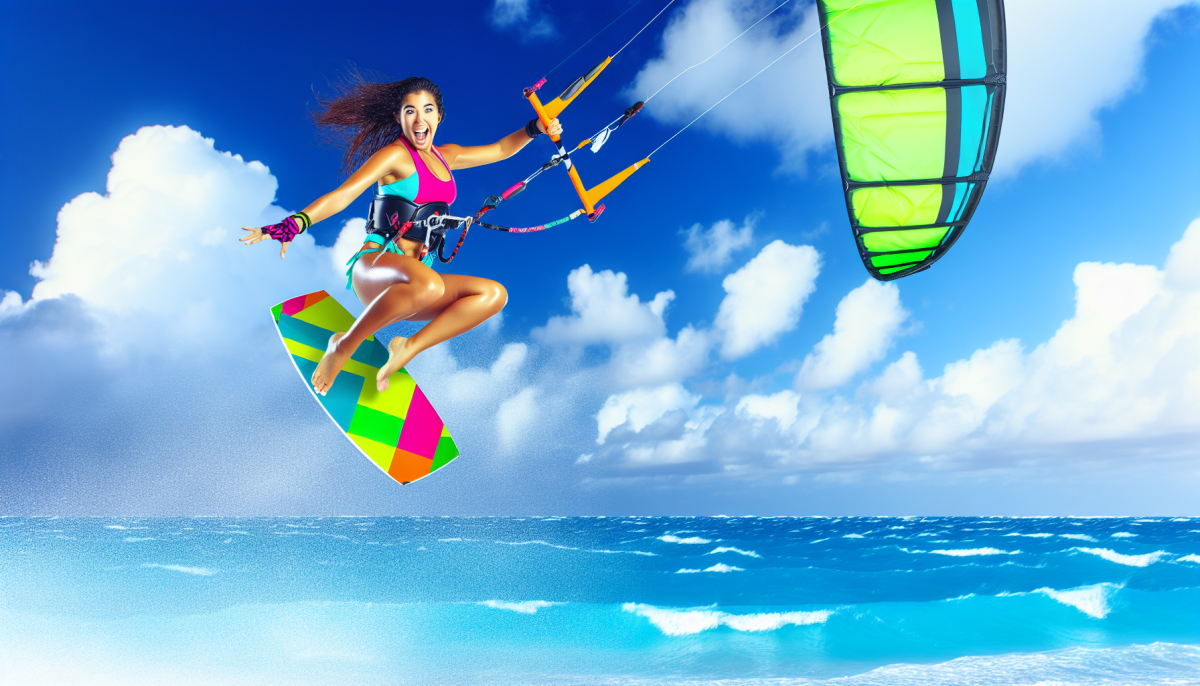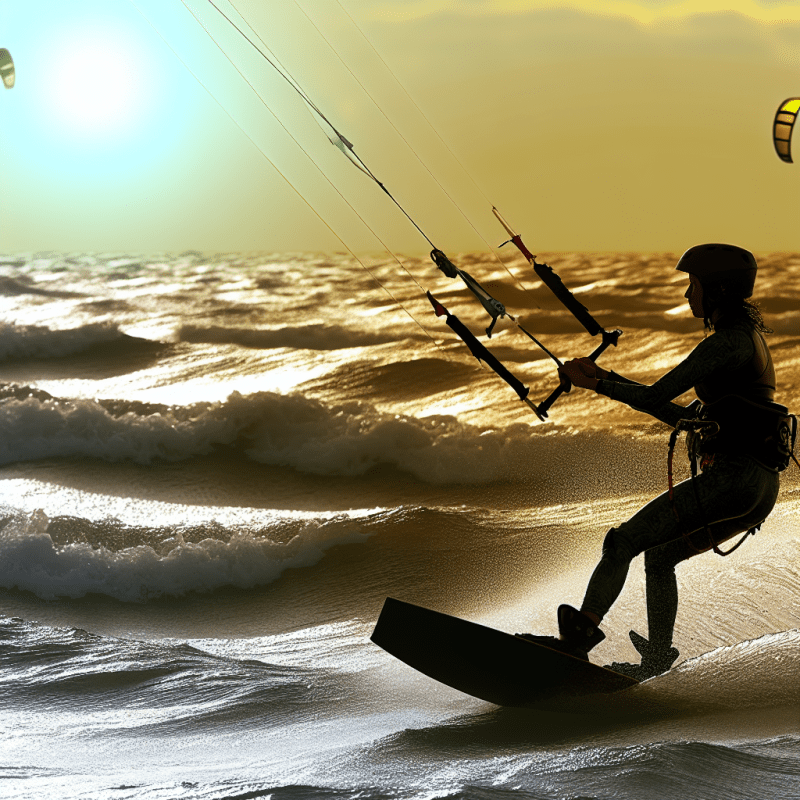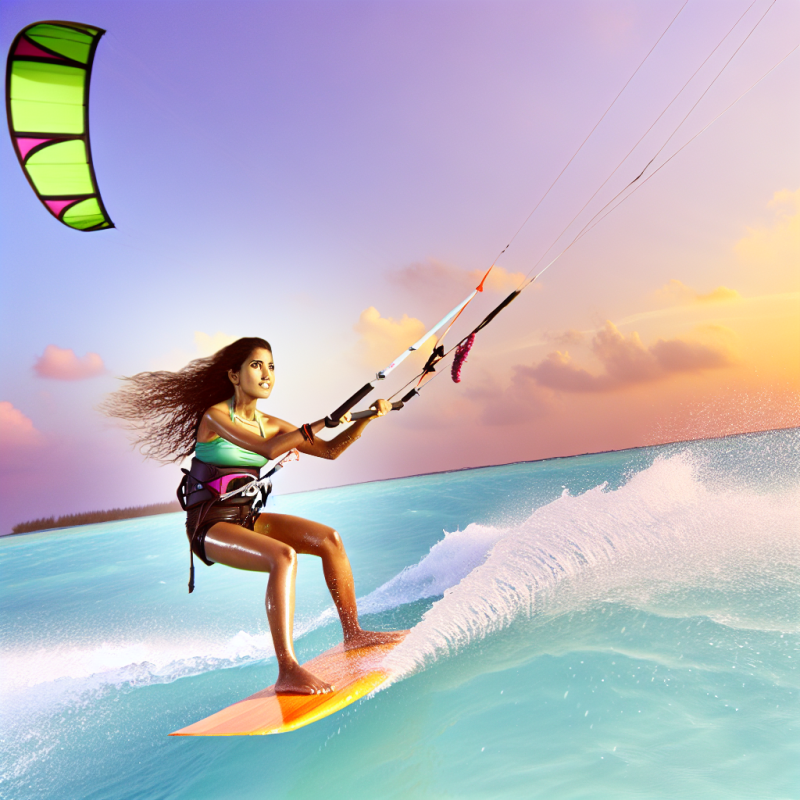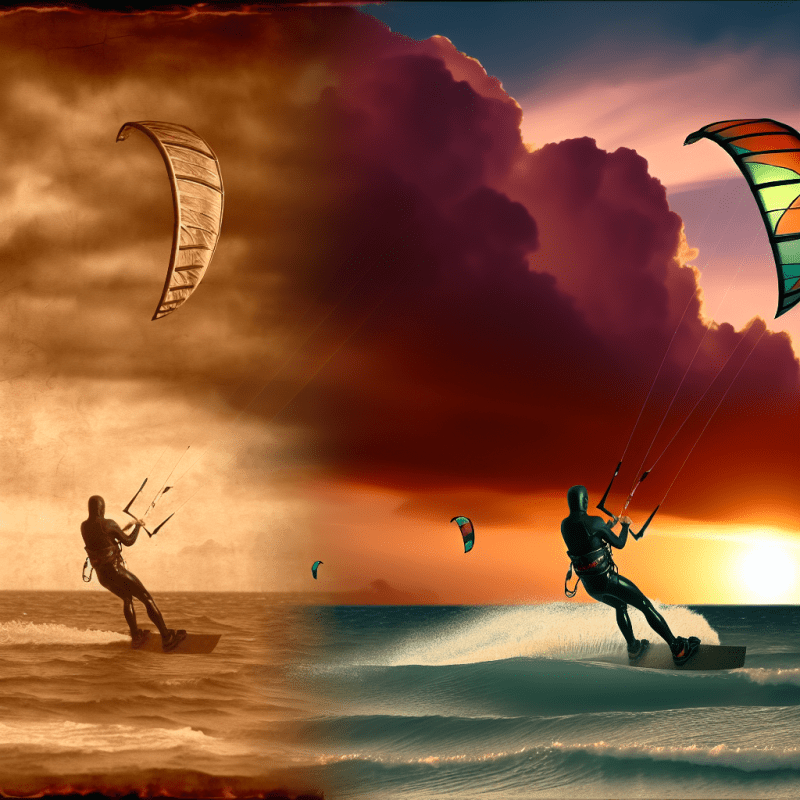The 5 Must-Have Kitesurfing Accessories
Kitesurfing is an exciting water sport that requires essential gear for a safe and enjoyable experience. Apart from the kite and board, it's essential to have a few accessories to maximize your fun and safety. Here are the five must-have kitesurfing accessories:
1. Kite Leash
A kite leash is an essential safety accessory that helps you stay attached to the kite while performing tricks or maneuvers. In case of an emergency, the kite leash will allow you to release the kite and regain control without losing it. It's essential to choose a high-quality kite leash that offers adequate strength and durability.
2. Impact Vest
An impact vest is another vital accessory to consider when kitesurfing. It provides extra padding and protection to your upper body, especially when learning new tricks or taking falls. The impact vest also offers flotation if you get tired or want to rest in the water.
3. Harness
A harness helps you to stay connected to the kite and board, allowing for better control while riding. It also distributes the force of the kite across your body, reducing the strain on your arms and upper body. A harness comes in two types: waist and seat harnesses. You can choose a design that best suits your style and preferences.
4. Wetsuit
A wetsuit is a must-have accessory for kitesurfing, especially in colder climates. It keeps you warm and protected from the elements while in the water. A good wetsuit should be flexible enough to allow you to move freely while providing adequate warmth and protection.
5. Helmet
A helmet is another essential accessory for kitesurfing, as it offers protection to your head in case of falls or collisions with obstacles in the water. It's essential to choose a helmet that fits well and offers adequate protection.
In conclusion, the right kitesurfing accessories can enhance your experience and ensure your safety while enjoying this thrilling water sport. Investing in essential gear like a kite leash, impact vest, harness, wetsuit, and helmet will make your kitesurfing sessions safer, more enjoyable, and memorable.
The Importance of Proper Kitesurfing Apparel and Footwear
Aside from your kite and board, your apparel and footwear are important pieces of gear to consider before hitting the water. Proper kitesurfing apparel and footwear can greatly enhance your comfort, safety, and overall experience.
Apparel
When it comes to kitesurfing apparel, comfort and protection are key. Here are some factors to keep in mind:
- Wetsuit: A wetsuit is essential for kitesurfing, as it provides insulation and protection from the water, wind, and sun. Make sure to choose one appropriate for the water temperature.
- Rash guard: A rash guard can be worn underneath your wetsuit to prevent chafing and skin irritation.
- Board shorts: Board shorts are a popular choice for kitesurfing, as they are designed to dry quickly and allow for freedom of movement.
- Sun protection: Don't forget to protect your skin from the sun with sunscreen, a hat, and sunglasses.
Footwear
Proper footwear is important for kitesurfing to provide grip, protection, and support. Here are some options:
- Neoprene booties: Neoprene booties are a great choice for colder water temperatures, as they provide insulation and grip on the board.
- Water shoes: Water shoes can provide protection from sharp rocks or shells, and offer a bit of insulation in warmer water.
- Barefoot: Some kitesurfers prefer to go barefoot, as it allows for a better feel of the board and control over the kite.
It's important to choose footwear appropriate for the conditions you'll be kitesurfing in. If you're unsure of what to wear, consult with a local kite shop or experienced kitesurfer.
Finding the right kitesurfing apparel and footwear can greatly enhance your experience on the water, while also providing protection and safety. Remember to always wear appropriate gear and stay safe while enjoying the thrill of kitesurfing.
Choosing the Right Board: A Comprehensive Guide to Kitesurfing Equipment
Kiteboarding, also known as kitesurfing, is an exciting and thrilling watersport that has gained popularity in recent years. It involves riding a board while being towed by a kite, allowing you to glide over the water at a rapid pace.
When it comes to kitesurfing, the most important piece of equipment is your board. The right board can make all the difference in your experience on the water. Here are some factors to consider when choosing a kitesurfing board:
Size and Shape
The size and shape of your board should be determined by your weight, height, and skill level. A larger board will provide more stability and buoyancy, making it easier to ride. However, a smaller board will be more agile and better for tricks and jumps.
If you're a beginner, it's recommended that you start with a larger board (around 140-160cm), while more experienced riders can opt for a smaller board (120-140cm).
Construction
Kitesurfing boards are typically made of foam or wood, with a fibreglass coating. Foam boards are more lightweight and offer more buoyancy, while wood boards are heavier and better for choppy waters.
The board's fins are also an important consideration, as they help to provide stability and control. Smaller fins are better for high-speed riding, while larger fins are better for making sharp turns.
Rockers
The rocker refers to the curvature of the board from nose to tail. A board with a flatter rocker is better for speed and stability, while a board with a more pronounced rocker is better for tricks and jumps.
Flex
The flex of a board refers to how much it will bend under pressure. A stiffer board will provide more stability and control, while a more flexible board will be better for absorbing shocks and landing jumps.
Bindings
Your bindings should be comfortable and secure, allowing you to easily control the board while riding. They should also be easily adjustable, to accommodate different foot sizes and riding styles.
In conclusion, choosing the right kitesurfing board is essential to having an enjoyable and safe experience on the water. By considering factors such as size, construction, and flex, you can find the perfect board to suit your needs and skill level.



